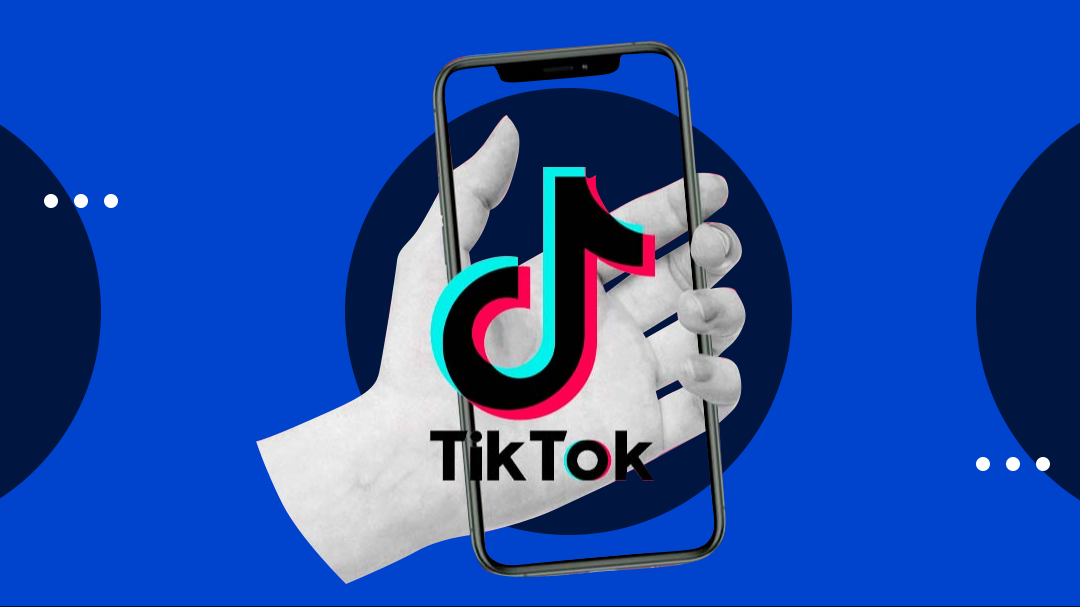Updated on 07/14/2025
Social media can be a huge win for small businesses. With its communicative nature, strong visual appeal, and ability to generate excitement, a social media presence is vital in today’s digital world. Social media’s ubiquity, timeliness, and cost-effectiveness lend themselves as a go-to place where businesses can truly add value by sharing real-time updates and engaging content to reach their target audience.

Building Your Social Media Plan
“Strategy” can be an intimidating word. Let’s just call it a plan. A good social media marketing plan for a small business keeps you from posting randomly. It gives your content a purpose and ensures it reflects your brand’s voice.
1. Don’t Try to Be Everywhere
This is the most important rule. You don’t need to be on every single platform. It’s better to do a great job on one or two channels than to do a poor job on five.
Think about where your target audience actually spends their time.
- Facebook is still great for building local community groups and reaching a broad demographic.
- Instagram is all about visuals, especially Reels. It’s perfect for businesses with a product to show or a process to share via video.
- LinkedIn is the place for B2B companies or professional services.
- TikTok is built for creative, personality-driven short videos.
The old advice was “don’t use Instagram if your business isn’t visual.” That’s no longer true. A plumber, a lawyer, or a financial advisor can all create simple, helpful videos that work great on Instagram or TikTok.
2. Create a Simple Content Calendar
Consistency is key. You don’t have to post every day, but having a consistent schedule helps. A simple content calendar prevents “what should I post today?” panic.
- Plan Ahead: Use a simple calendar to map out posts for upcoming holidays, sales, or local events.
- Use a Scheduler: Tools like Buffer, Later, or Meta Business Suite let you schedule posts in advance. This is a huge time-saver.
- Create a Recurring Series: Come up with a weekly theme, like “How-To Tuesday” or a “Friday Feature.” It makes planning easier and gives your audience something to look forward to.
3. Mix in Some Paid Ads
Your regular (organic) posts won’t reach all your followers anymore. That’s just how the platforms work.
Incorporating a small budget for paid social media ads can make a big difference. You can “boost” a post that’s already doing well or create a targeted ad to reach new potential customers in your area. You don’t need a huge budget to see results.
Turning Followers into a Community
Social media isn’t a billboard where you just shout announcements. It’s your direct line to your customers. Use it to not only share updates but to actually talk with people. This is how you build real loyalty.
1. Keep Your Core Information Current
First, the basics. Your social media profiles are often the first place people look for essential info. Keep it updated.
- Hours & Location: If your hours change for a holiday or you have a pop-up event, post about it. A quick “Heads up, we’re closing at 3 PM today!” is all you need.
- How to Buy: Make it obvious how people can support you. Pin a post with a link to your website, or use the built-in shopping features on Instagram and Facebook. Don’t make people hunt for it.
When this information is clear and easy to find, it builds trust and saves you from answering the same questions repeatedly.
2. It’s a Two-Way Conversation
This is the part that many businesses miss. Social media is meant to be social.
- Reply to Comments: When someone takes the time to comment, reply. It doesn’t have to be a long response. A simple “Thanks so much!” or “Glad you liked it!” shows there’s a real person on the other side.
- Answer Your DMs: Treat your direct messages like customer service emails. Answering questions quickly and helpfully can be the difference between making a sale and losing a customer.
This kind of engagement is what turns a passive follower into a dedicated fan of your brand.
3. Showcase Your Customers
The best marketing often comes from your customers themselves. When someone posts a great photo with your product or tags you in a story, that’s gold.
- Share Customer Posts: Ask for permission and reshare customer photos to your feed or Stories. It makes the original poster feel appreciated.
- Build Social Proof: For everyone else, it’s authentic proof that real people love what you do. It’s more believable than any ad you could run.
Okay, But What Should I Actually Post?
This is where most people get stuck. You know you need to be on social media, but the blank calendar is intimidating. The goal is to be yourself, show your value, and not overthink it. “High-quality” content today means authentic, not necessarily professional.
Got a restaurant?
People want to see the food. Close-ups of a new special, a short video of the kitchen buzz, or a photo of your team prepping for service. It’s that simple. Show them what’s happening right now.
Run a retail shop?
Unbox a new shipment in your Instagram Stories. Show off a few of your favorite new products and explain why you love them. Don’t just post a sterile product photo; show it being used or held by a real person.
Offer a service?
This can feel trickier, but it’s a huge opportunity to build trust.
- Answer a question. Create a super simple video answering the #1 question you get from clients.
- Show a result. Share a before-and-after (with permission!) or a testimonial from a happy customer.
- Introduce yourself. Remind people who are behind the business. Trust is built with people.

And what about those trends, like TikTok dances?
Being a small business gives you an advantage: you can be nimble. You don’t need a committee to approve a post. If you see a trend that fits your brand’s personality, give it a try. If it feels weird or forced, skip it. The most important thing is to be genuine. If you’re having fun, your audience will feel it.
The best content almost always comes from simply showing what makes your business special. Whether that’s your amazing products, your expert knowledge, or just your great team, lean into that.
The Real Goal Is Connection
We’ve talked about plans, content, and calendars. But all those things are just tools. They’re in service of the one thing that actually matters on social media: building a real connection with people.
Think about it. People don’t follow businesses because they love ads. They follow because they want to feel like they’re part of something. They want to see the human side of your brand—the passion, the humor, the everyday hustle. Your social media isn’t a storefront; it’s a behind-the-scenes pass.
This is where you, as a small business, have a huge advantage. You can be a real person. You can show up in your community, online and off. If you’re a local shop, post about the neighborhood festival. If a customer shares a great photo, celebrate it. When you reply to comments and DMs, you’re not just providing customer service; you’re reminding them that a real person is listening.
All the likes and shares are nice, but they aren’t the goal. The goal is to build a community of people who are genuinely rooting for you. When you get that right, the rest follows.
Running Your Social Media Can Be a Full-Time Job
If you’ve read this far and are thinking, “I don’t have time for any of this,” you’re not alone. Running your business is your priority. Managing a social media presence effectively can feel like a second job.
That’s where we can help.
Our social media management team takes this work off your plate. We handle everything from planning the content to engaging with your community, making sure your brand shows up consistently and authentically. This frees you up to focus on what you do best.



